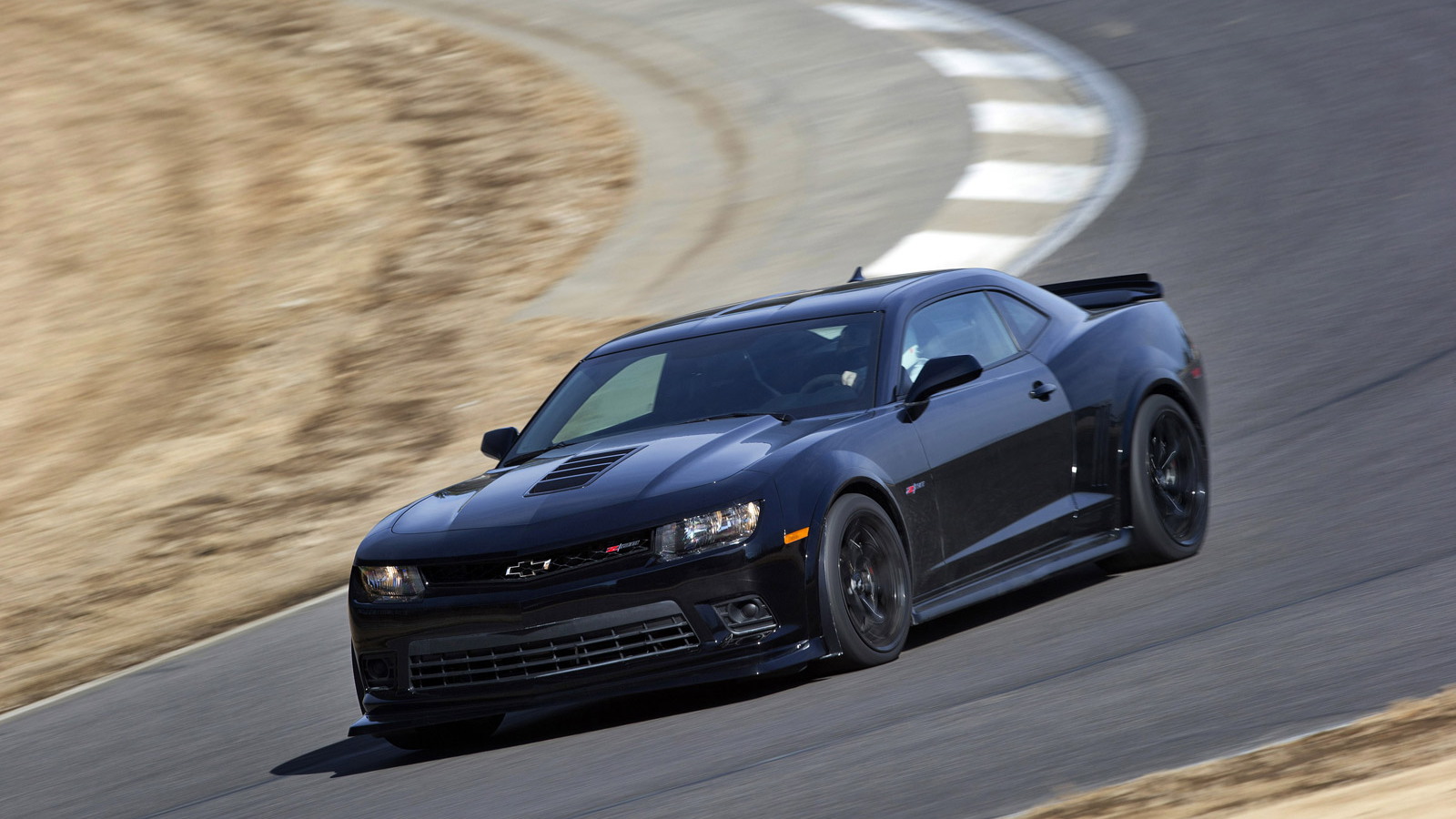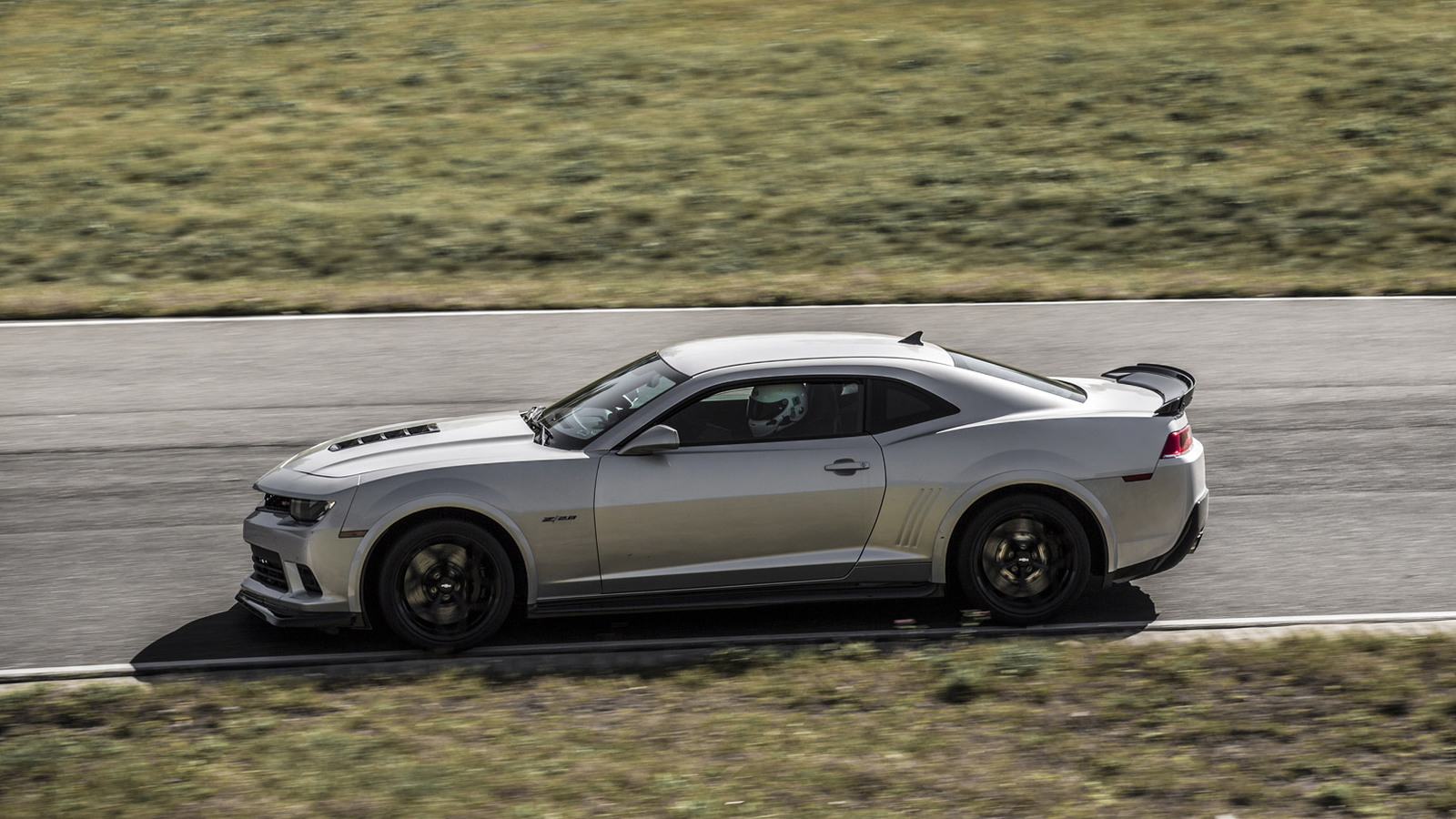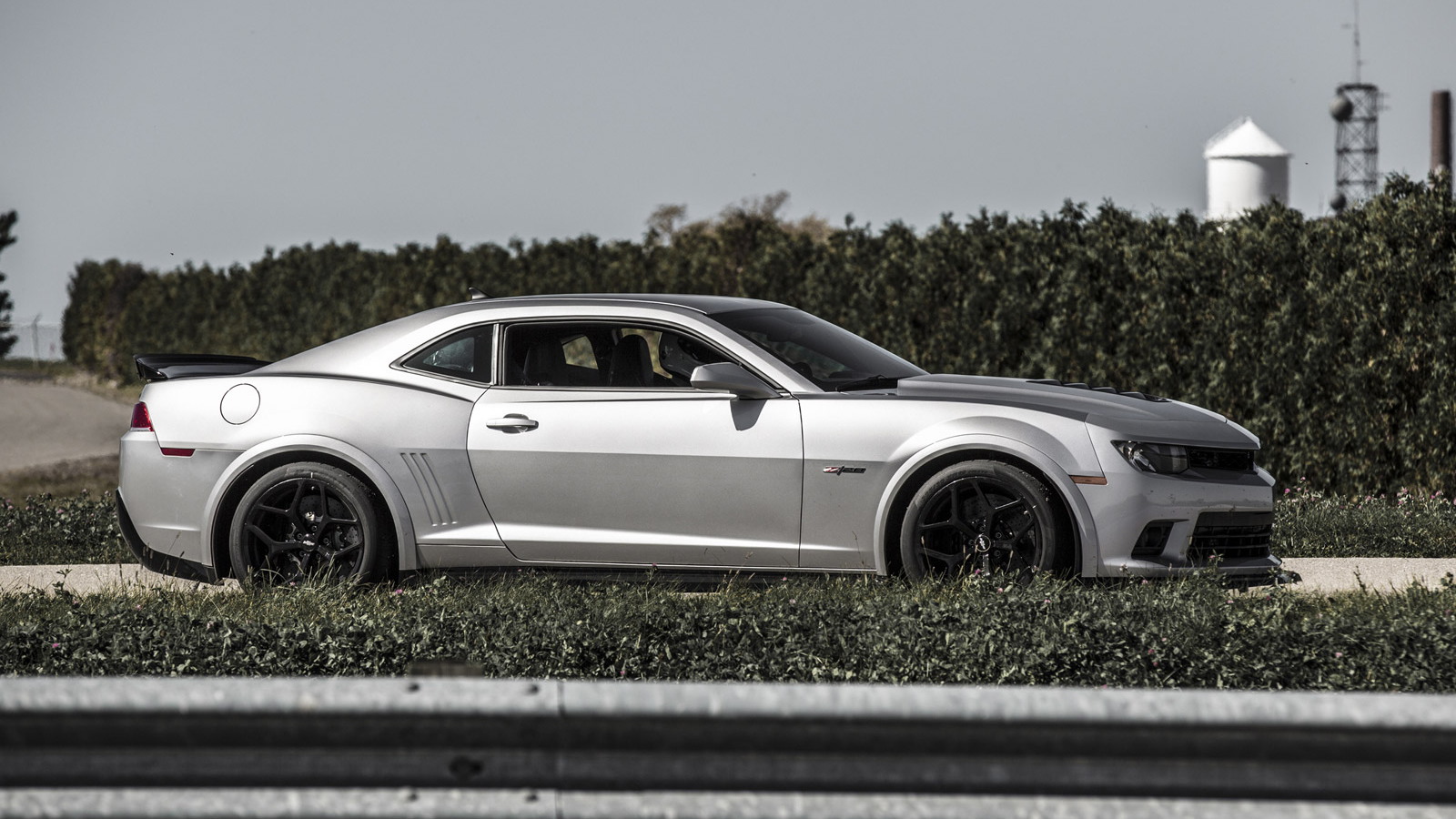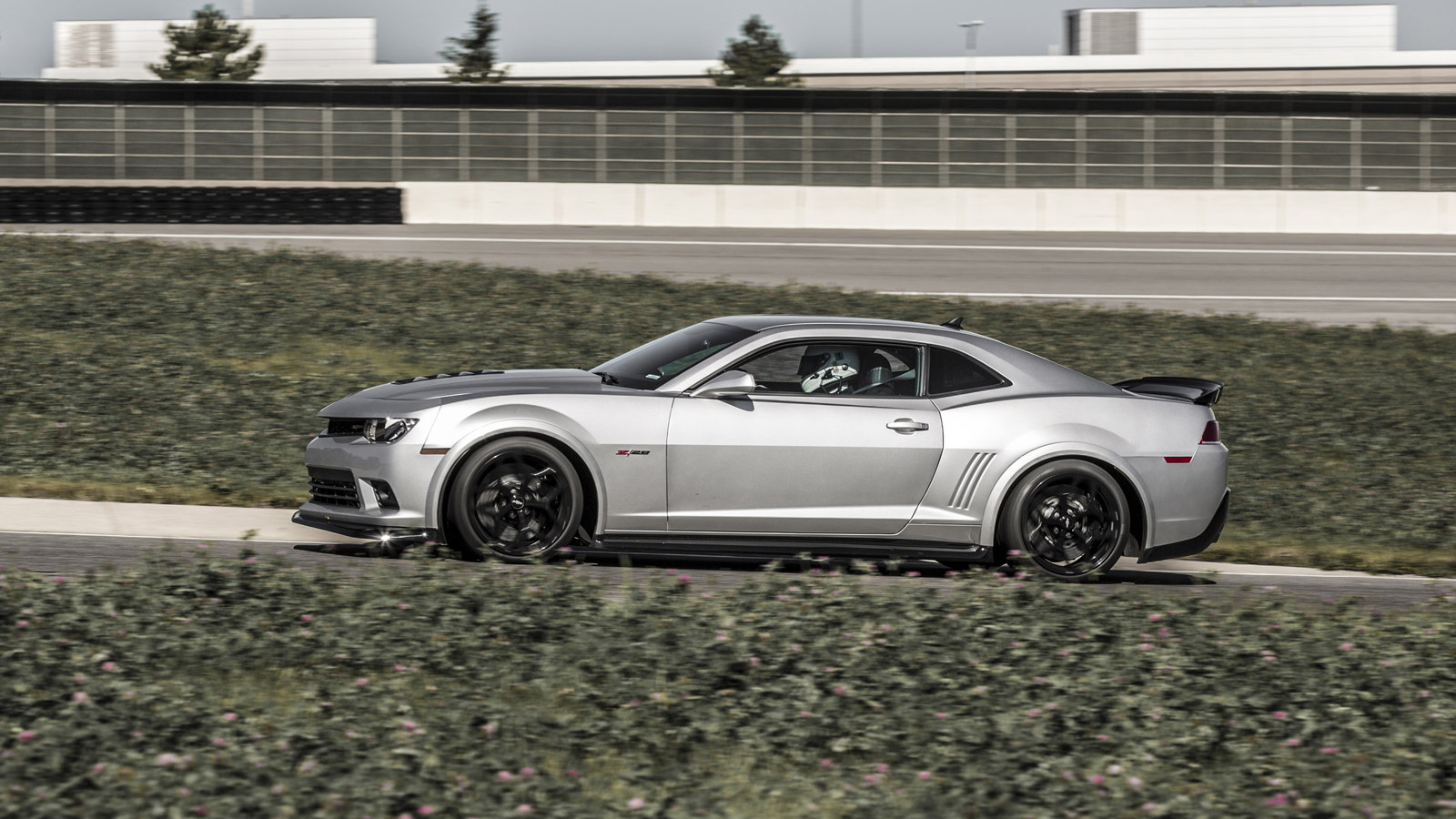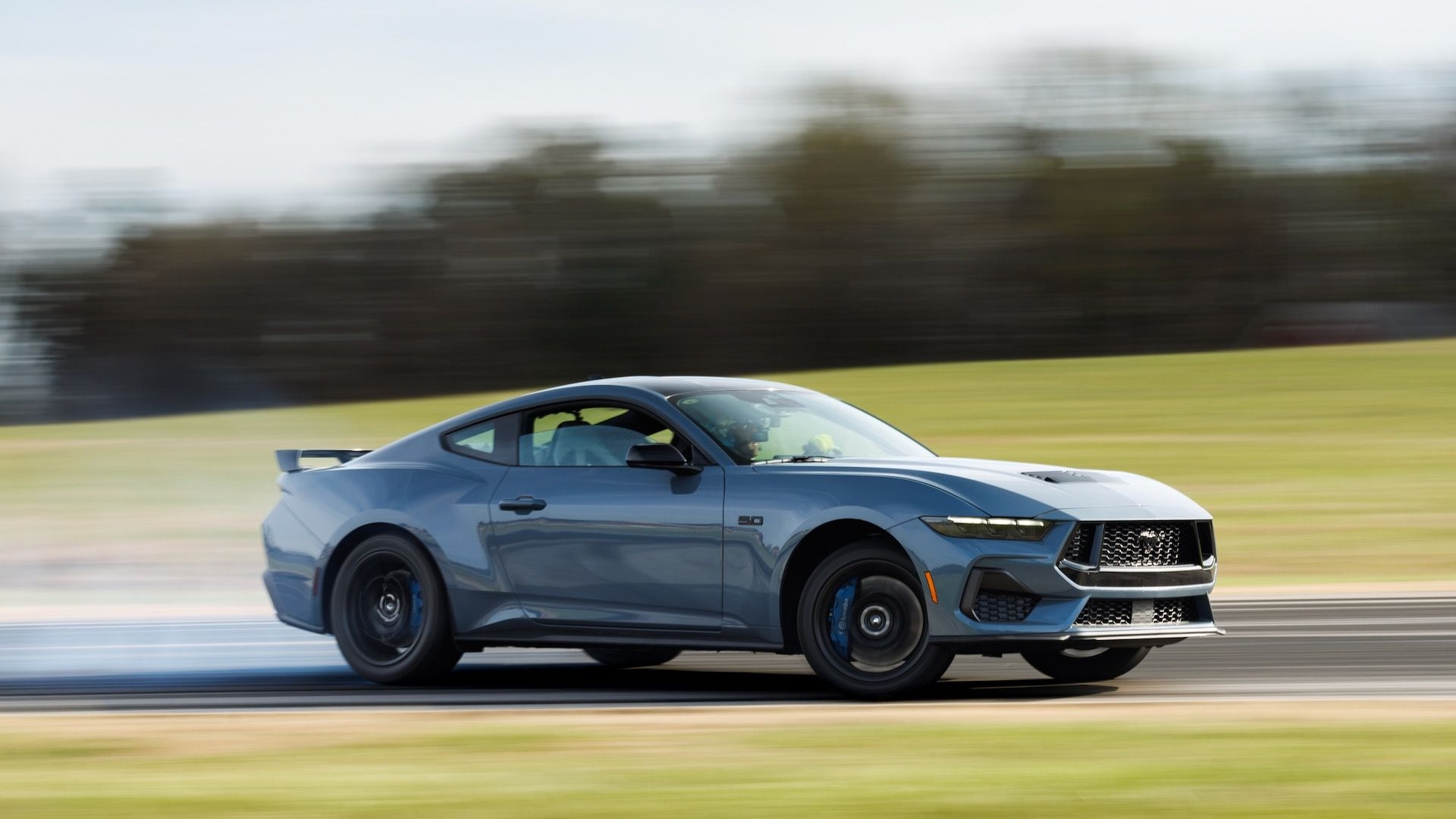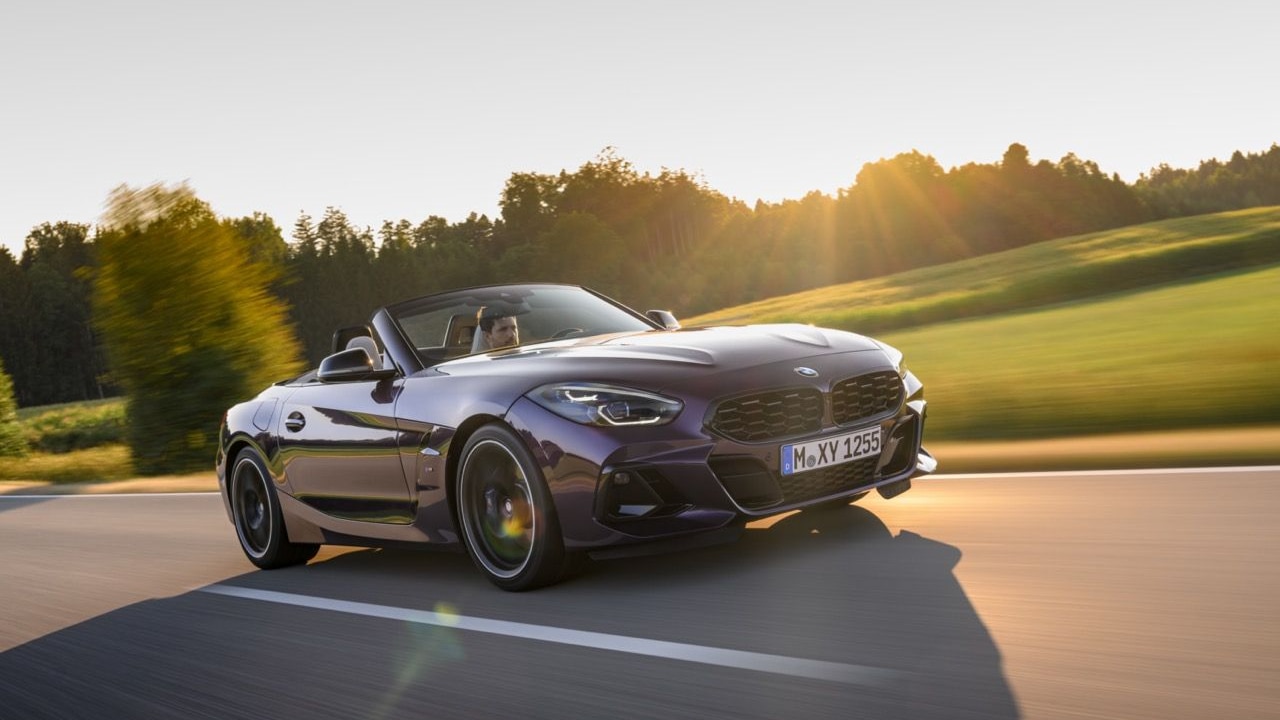Muscle car customers today want their cars to go around corners too, so the cars have become much more sophisticated as a result. Latest into the fray is the 2014 Camaro Z/28, which Chevy tells us is its quickest production Camaro yet, quicker than even the more powerful ZL1.
WATCH: Meet The World's First Mustang Owner: Video
To achieve this status, engineers of the 505-horsepower Z/28 focused on three key areas: increasing grip, increasing stopping performance, and reducing weight. And the benchmark they used? Lap times for one of the toughest race tracks on the planet, Germany’s Nürburgring, otherwise known as the Green Hell.
In wet conditions, the Z/28 lapped the Nürburgring in a time of 7:37.47, which is 4.0 whole seconds quicker than the best lap time achieved in the 580-horsepower ZL1. Here’s a list of 28 reasons straight from Chevy explaining why that was possible. And, as a reward for getting through the list, we’ve added links to videos showing the ZL1 lapping the ‘Ring and GM’s Milford Road Course at the end.
1. Rear spoiler with wickerbill: to meet downforce requirements for the Z/28, the spoiler was modified with a wickerbill--a small, vertical tab at the edge of the spoiler.
2. Unique front fascia: although the Z/28’s fascia is based on the Camaro SS, the fog lamps, air dam and the upper-base grille are replaced with covers, reducing weight.
3. Front splitter: designed to withstand 250 pounds of downforce at its tip, it is matched with an aero closeout panel under the front of the engine compartment that also enhances aero characteristics.
4. Hood extractor: made of carbon fiber, it provides increased engine cooling by allowing hot air an exit route.
5. Rocker moldings and wheel flare moldings: help increase the car’s downforce.
6. Front wheelhouse liners: work with the vehicle underbody to make the most of airflow.
7. Belly pan: helps reduce front lift and contributes to drivetrain cooling.
8. Thinner rear window glass: Chevrolet saved 400 grams by reducing the thickness of the rear window glass from 3.5 mm to 3.2 mm.
9. Lightweight rear seat: 10.3 lbs lighter due to reduced seat foam and a fixed seatback design.
10. Lightweight wheels and tires: 29.1 lbs lighter wheels and tires than on the Camaro SS.
11. Carbon ceramic brake rotors: 21.16 lbs lighter than steel brake rotors.
12. No air conditioning: 28.4 lbs were saved.
13. LS7 engine with dry-sump oiling: features a durable forged-steel crankshaft, lightweight titanium connecting rods and high-flow cylinder heads with lightweight titanium intake valves, as well as racing-style dry-sump oiling system.
14. Air intake system: the LS7 uses a unique open air box intake system to make the most of high-rpm airflow into the engine.
15. Track capable fuel system: he road course-ready fuel system is designed to keep the primary fuel pump reservoir full even under hard cornering.
16. Active dual-mode exhaust system and high-flow converter assembly: engineered to provide high-flow and muscular sound character under aggressive acceleration, while attenuating noise levels in cruising conditions.
17. TREMEC TR6060 six-speed manual transmission: with short throws, smooth gear synchronization and shift feel, the gearbox has the capability to stand up to high-performance engines.
18. 5.1-ratio short-throw shifter: provides quicker, more precise-feeling gear changes.
19. Strut tower brace: the same as on the Camaro SS 1LE, provides extra chassis stiffness by tying the towers together.
20. Zero-preload limited-slip differential: features a concentric helical gear set that generates friction proportional to the input torque.
21. Differential cooler: incorporates an integral heat exchanger, eliminating the need for an external pump, wiring, relays, temperature sensors and fan.
22. Uprated lower control arm ride link “travel limiter” bushing: offers 50-percent greater stiffness at high load than the SS.
23. Uprated rear upper control arm bushing and lower trailing link bushings: 400 percent and 25 percent stiffer, respectively, compared with the SS.
24. Higher-rate coil springs and smaller-diameter stabilizer bars: the stiffness rate of the Z/28’s coil springs was increased by 85 percent in the front and 65 percent in the rear.
25. DSSV damper technology: the Z/28 is the first high-volume production road car to use Dynamic Suspensions Spool Valve damper technology from Multimatic.
26. Performance Traction Management: integrates the chassis mode selection, Traction Control and Active Handling Systems.
27. 19-inch wheels and Pirelli P Zero Trofeo R tires: the widest front wheels/tires of any comparable sports coupe: 19x11-inch wheels with P305/30/ZR19 tires.
28. Brembo carbon ceramic brakes: 60-0 mph in less than 120 feet (36.6m).
As promised, here are the links to videos showing the 2014 Camaro Z/28 at the Nürburgring and the Milford Road Course.
2014 Chevrolet Camaro Z/28 Laps The ‘Ring In 7:37.47: Video
2014 Camaro Z/28 Laps The Milford Road Course: Video
_______________________________________
